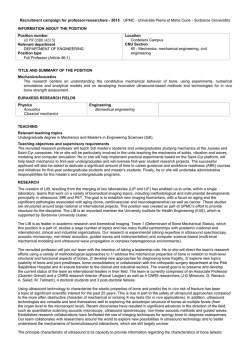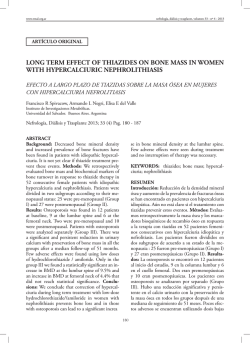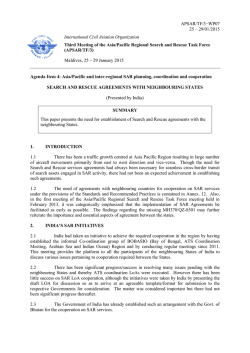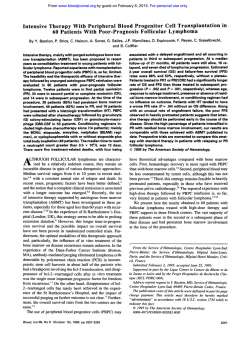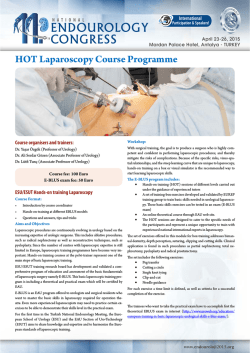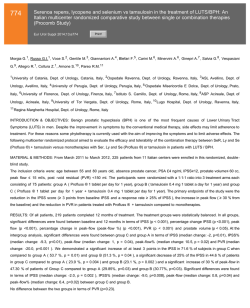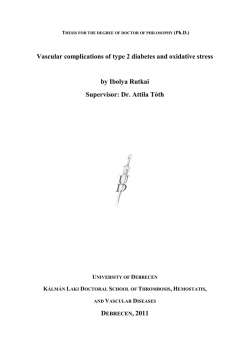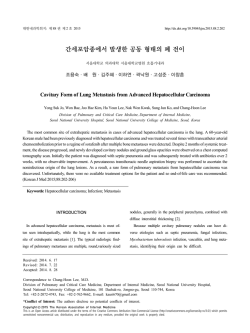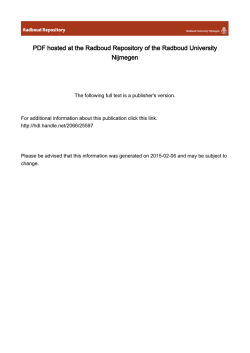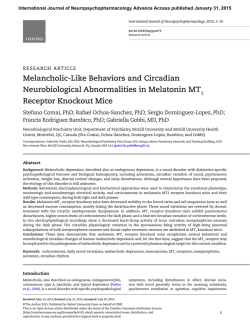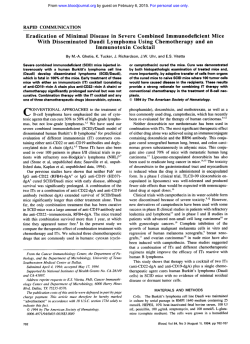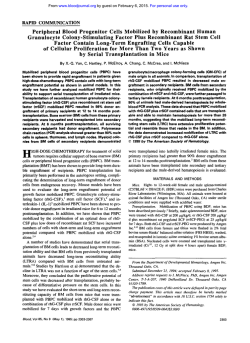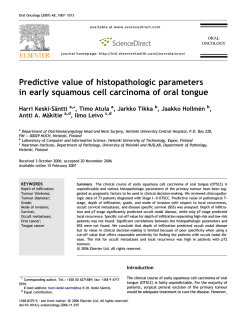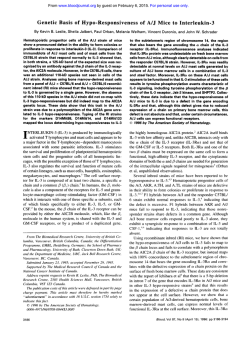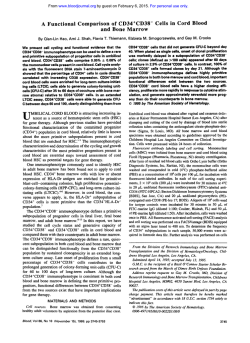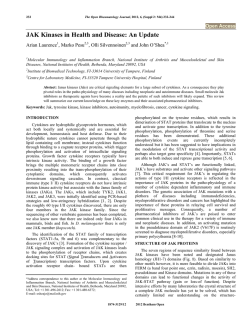
188 Development of a realistic in vivo bone metastasis model for
188 Development of a realistic in vivo bone metastasis model for human renal cell carcinoma Eur Urol Suppl 2014;13;e188 Print! Print! Valta M.P.1 , Zhao H.2 , Ingels A. 3 , Thong A.E.2 , Nolley R.2 , Saar M. 4 , Peehl D.M. 2 1 Turku University Hospital and University of Turku, Dept. of Medicine, Turku, Finland, 2 Stanford University School of Medicine, Dept. of Urology, Stanford, United States of America, 3 Bicetre Hospital, Dept. of Urology, Paris, France, 4 University of Saarland, Dept. of Urology and Pediatric Urology, Homburg/Saar, Germany INTRODUCTION & OBJECTIVES: Thirty percent of renal cell carcinoma (RCC) metastasises to bone and causes a high skeletal morbidity. The incidence of RCC is increasing and bone metastatic RCC merits greater focus. Realistic preclinical bone metastasis models for RCC are lacking, which hampers the development of effective therapies. MATERIAL & METHODS: Precision-cut slices of RCC tissues were implanted under the renal capsule of immunodeficient mice. The presence of disseminated cells in the bone marrow of tissue slice graft (TSG)-bearing mice was screened by human-specific polymerase chain reaction (PCR) and confirmed by immunohistology using human-specific antibody. The effects of Temsirolimus on bone metastases were assessed by quantitative PCR. Primary cells obtained by enzymatical digestion of TSGs were injected into the tibiae of mice without in vitro propagation. The resulting bone lesions were imaged and histologically analysed. RESULTS: Disseminated tumour cells in bones of mice bearing TSGs derived from three out of nine RCC patients were detected 1 month after tissue slice implantation at a high frequency (74%) with close resemblance to parent tumours in phenotype (e.g. CAIX expression and high vascularity). The metastatic patterns of TSGs were correlated with disease progression in patients. In addition, TSGs retained capacity to metastasize to bone at high frequency after serial passaging and cryopreservation. Moreover, bone metastases in mice responded to a 4.5-week Temsirolimus treatment. Intratibial injections of single cells generated from TSGs showed a 100 % engraftment rate and produced x-ray visible tumours/metastases as early as 3 weeks after cancer cell inoculation. Micro-CT and histological analysis revealed an osteolytic nature of these lesions. CONCLUSIONS: Orthotopic RCC TSGs have potential to develop bone metastases that respond to standard therapy. This first reported primary RCC bone metastasis model provides realistic settings to test therapeutics to prevent or treat bone metastases in RCC and has potential for applications in personalized medicine.
© Copyright 2025
